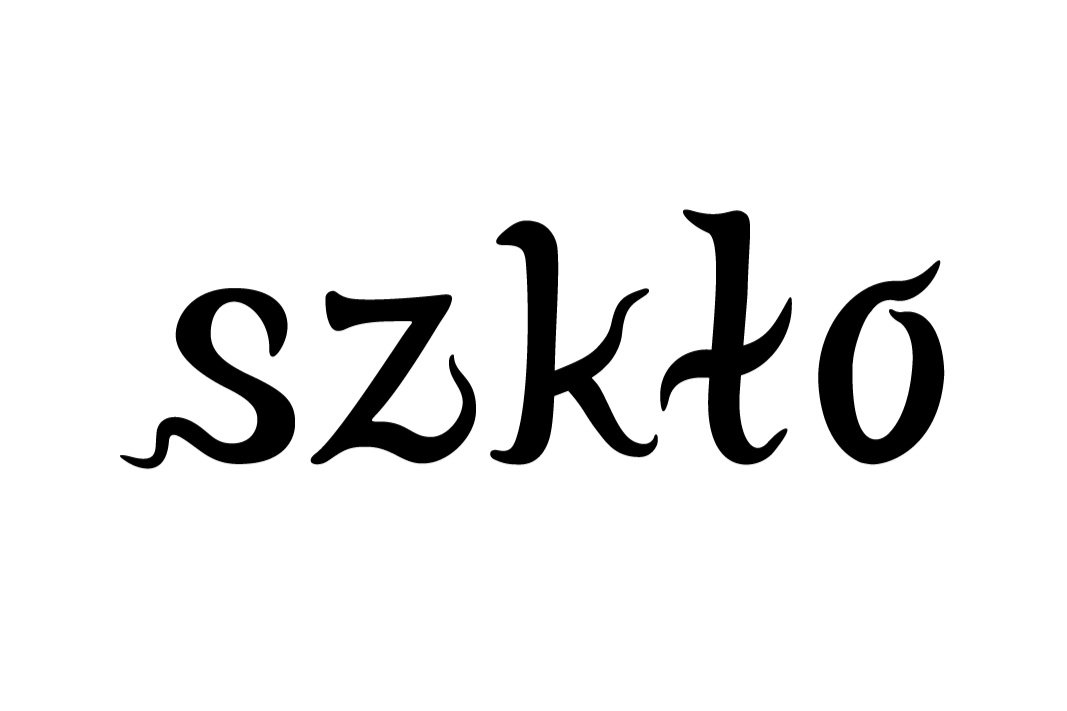“Kunszt. More Light”
Aleksandra Zawistowska as a Finalist of “Kunszt. More light'“ Program of Starak Family Foundation
Kunszt is a program supporting new artistic crafts. It is addressed to creators working in the field of designing and making utility and decorative objects. The program intends to be an area for exchanging experiences and sharing knowledge about artistic crafts, interested in the stories contained in the created objects, stories about their meaning, the tradition of creation, the search for perfection and the craftsmanship of their execution.
The Competition’s Jury: Anna Woźniak-Starak, Ewa Klekot, Piotr Korduba, Paweł Grobleny, Michał Borowik, Michał Zaborowski
Program coordinator: Karolina Zelent-Smigrodzka
The Starak Family Foundation was established in 2008. The Foundation’s mission is to support and promote young talented people, to create optimal conditions for their growth and to help them pursue their passions and life goals. The Starak Family Foundation implements its mission and goals mainly within the framework of the Spectra Edu and Spectra Art Space projects. Within the Spectra Art Space project, the Foundation has created a space dedicated to art. It organizes contemporary art exhibitions, cultural events, discussion panels, lectures and thematic workshops.
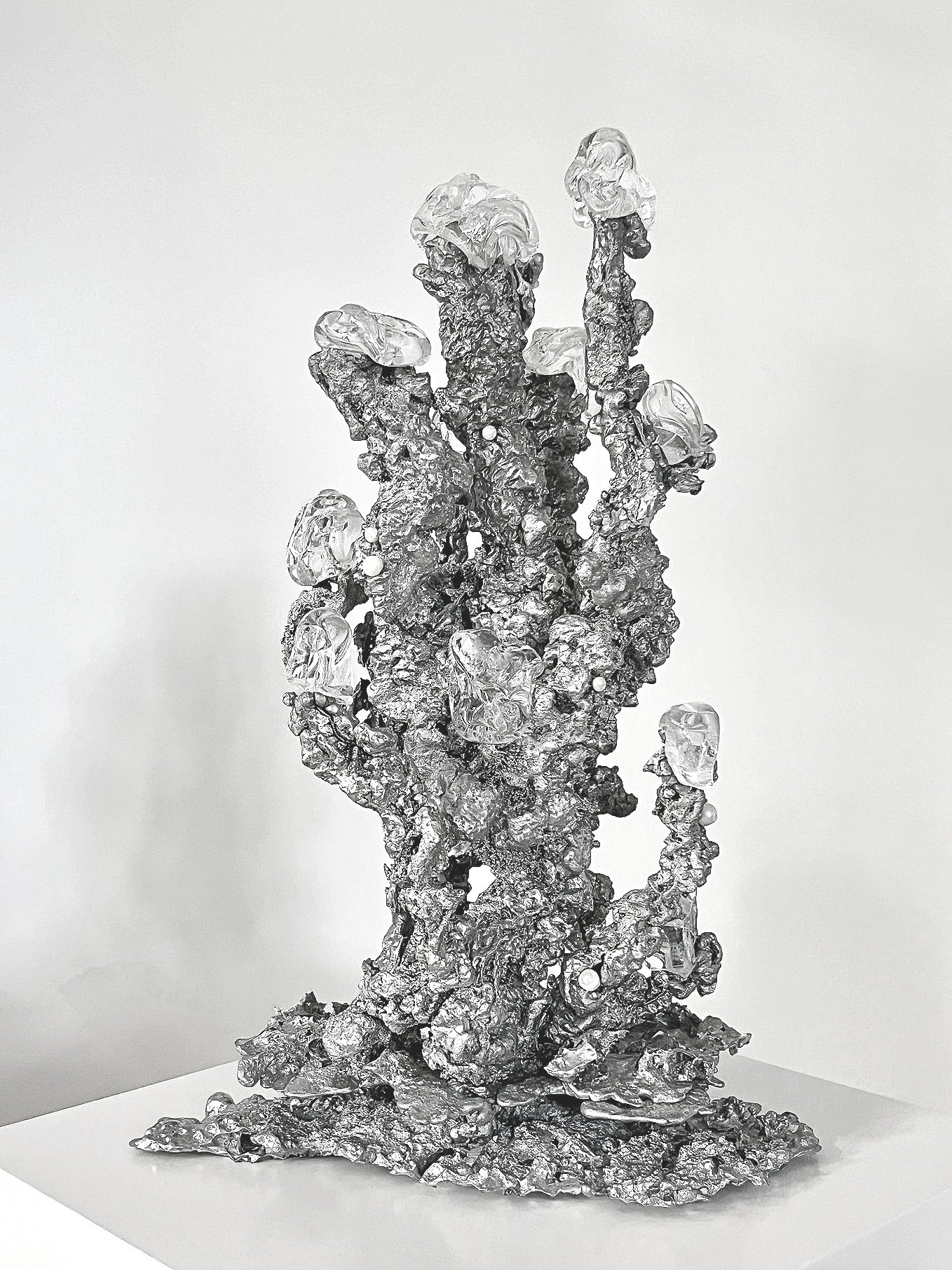
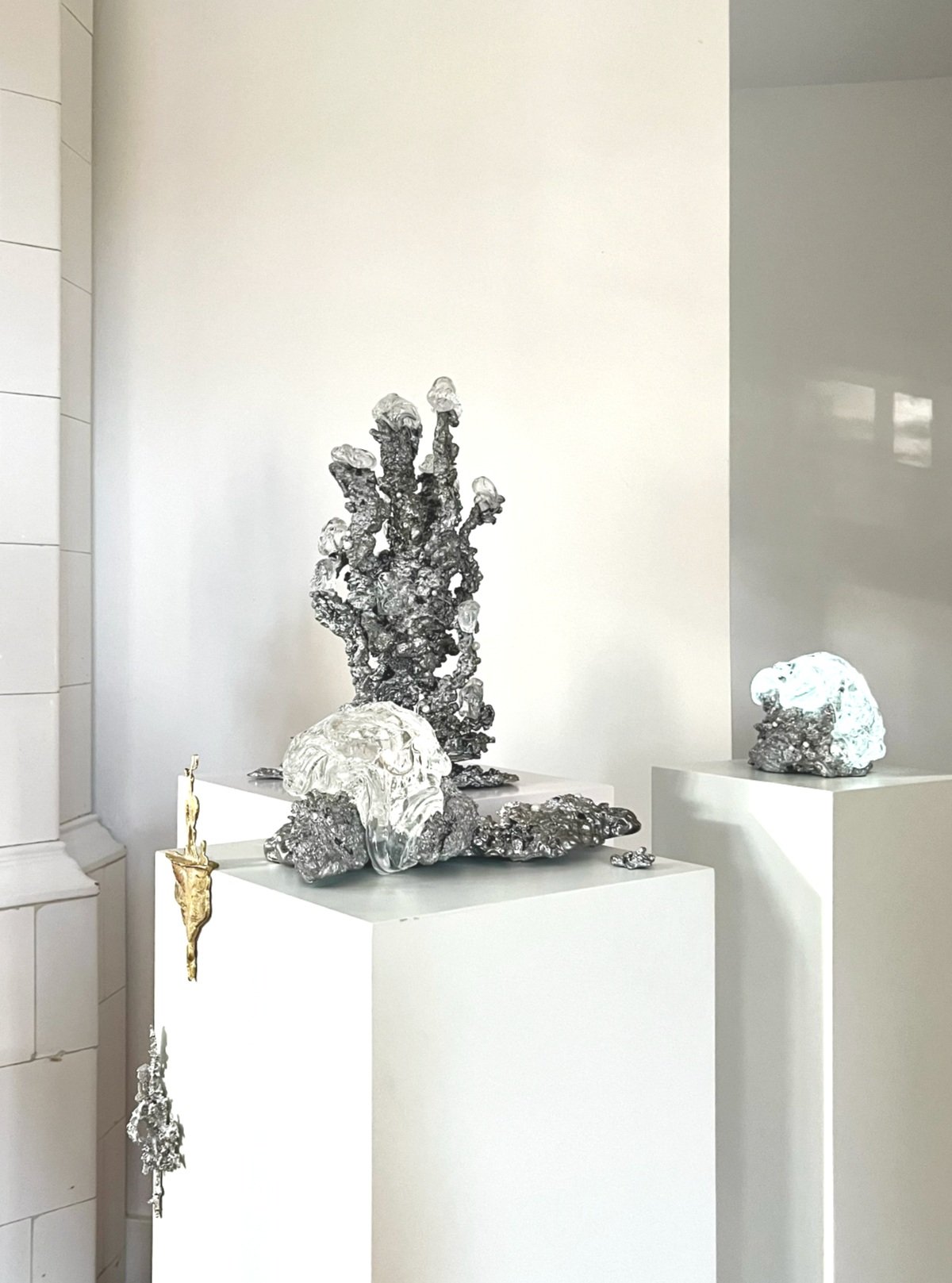
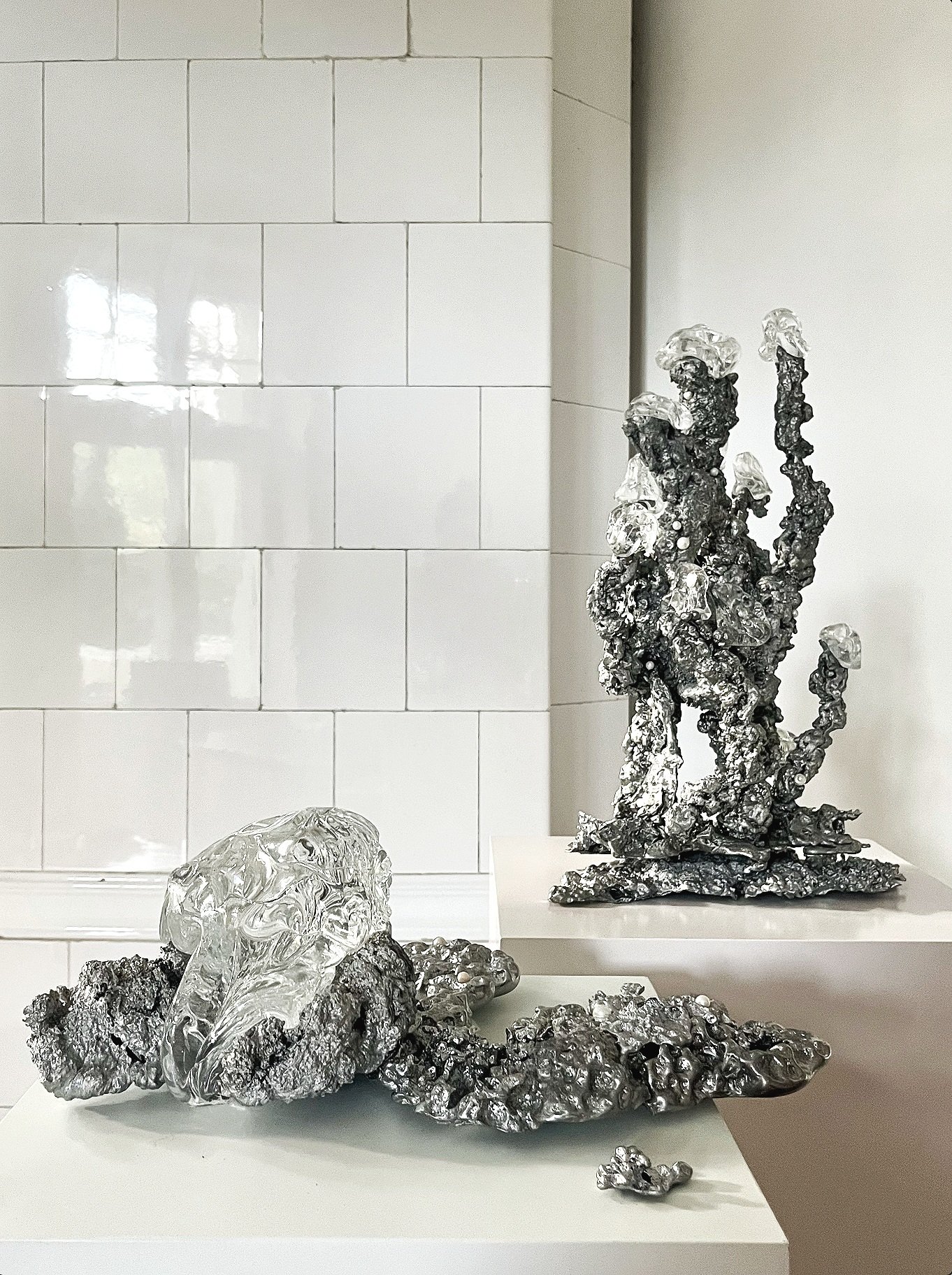
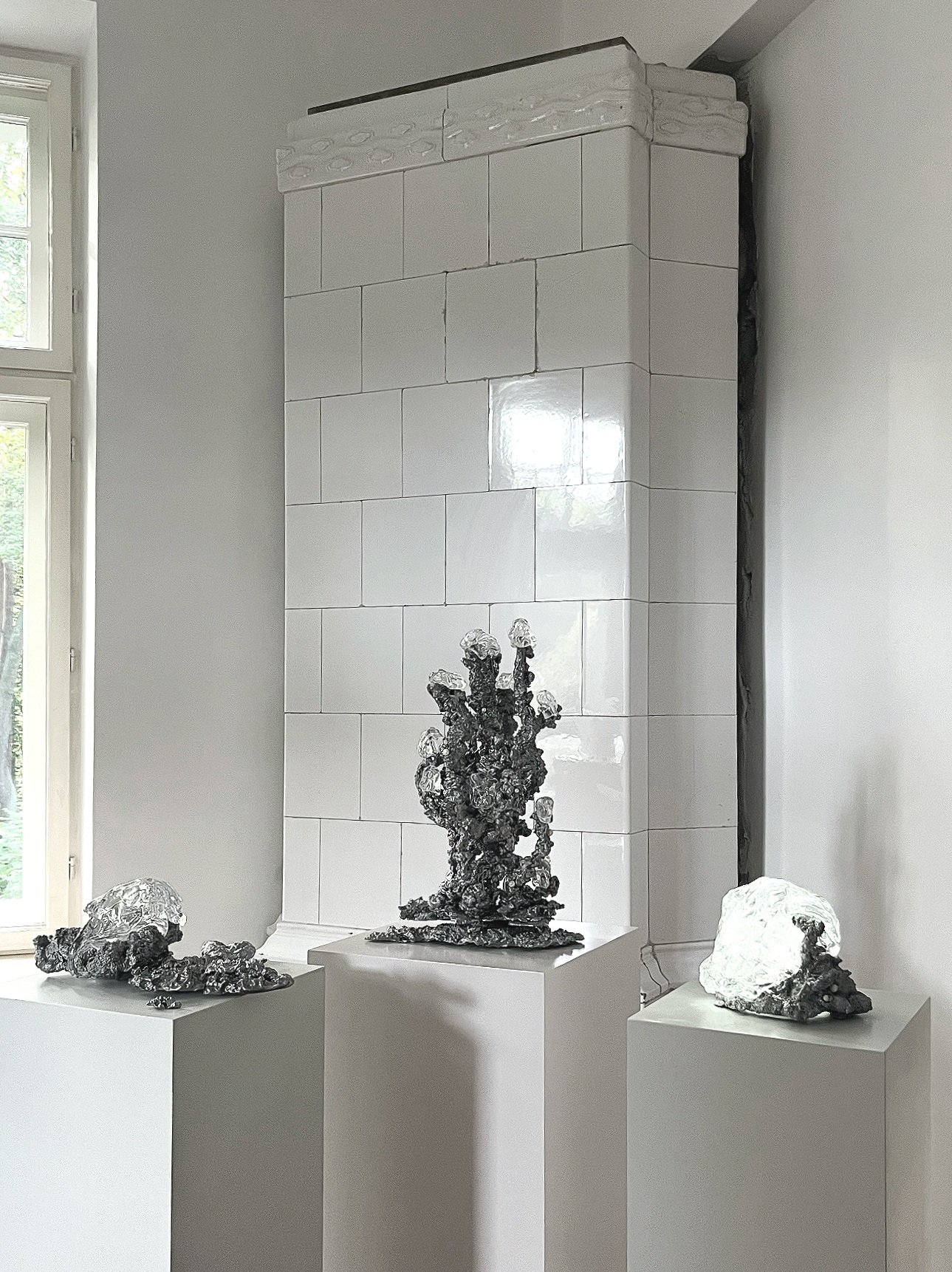
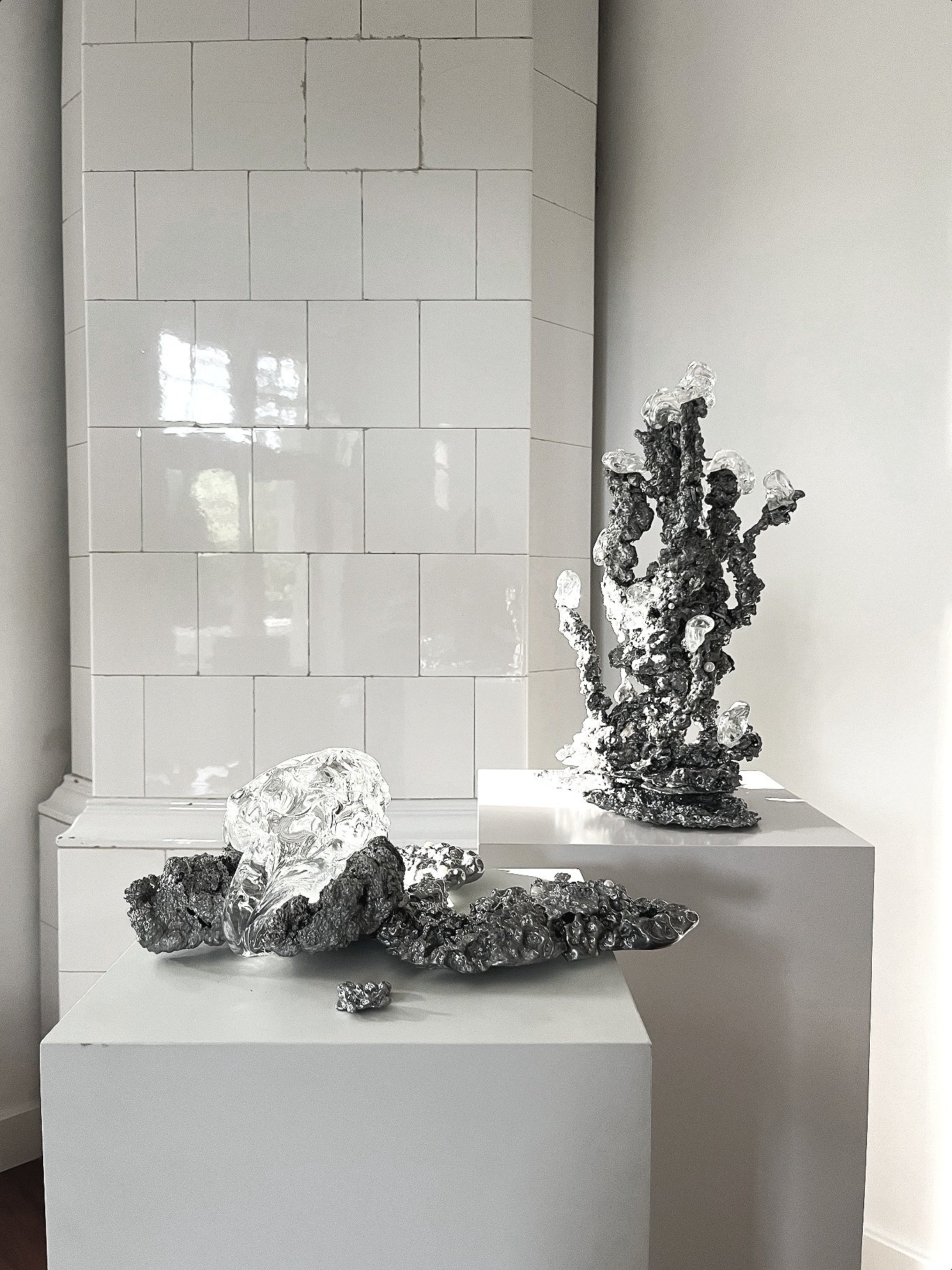
Origin of the idea
In the era of Baroque architecture, the concept of construction moved from the assembly of individual elements to their integration as a coherent sculpture. The term "baroque" probably comes from the Italian word "barocco", which philosophers in the Middle Ages used to describe a logical obstacle. Over time, it came to represent intricate ideas or complex thought processes. Another potential source is the Portuguese word "barroco" (Spanish "barrueco"), used to describe an imperfectly shaped pearl.
In addition to its grandeur and drama, Baroque architecture included the manipulation of light as an essential element. Its essence transcends and embraces a conflicted universal sensibility that juxtaposes light with darkness, reality with illusion, and grandeur with asceticism. In interior design through the use of real or artificial lighting, the concept of "chiaroscurro" was born. Representing light and shadow, it was also evident in the choice of materials, such as marble or stucco, containing contrasting dark and light colors.
Baroque architecture was intended to evoke emotions of wonder, convey biblical narratives, and communicate profound experiences to the illiterate. Rooted in religious messages, symbolizing the church as a sacred space that fostered a deep personal relationship with God. In Baroque architecture, light was worshiped as a divine power, and the atmosphere was the main source of light. The space aims to create a sense of openness, often depicting celestial realms, creating an inextricable link between baroque architecture and celestial bodies, especially the Sun.
According to astrophysics, Plasma is the most abundant form of matter in the universe and the first state to appear after the Big Bang, the state of stars and galaxies. The gaseous atmosphere, about 80 km from the Earth's surface, changes into amorphous structures formed by rapid solidification, resulting in a "solidified liquid". Plasma, present in both astrophysics and baroque architecture, shapes and connects these two distinct worlds.
One of the basic architectural materials with an amorphous structure is glass. It is the "fourth state of matter" that exhibits the properties of both solids and liquids. Like Baroque architectural elements, glass has the ability to manipulate light. Its structure allows for the transmission, dispersion and distortion of light and shadow.
Drawing on intricate details and organic forms, the candelabrum will be transformed into a sculpture of imperfect shape, uniting and conflicting the complexities of both the Baroque era and the world of science.
